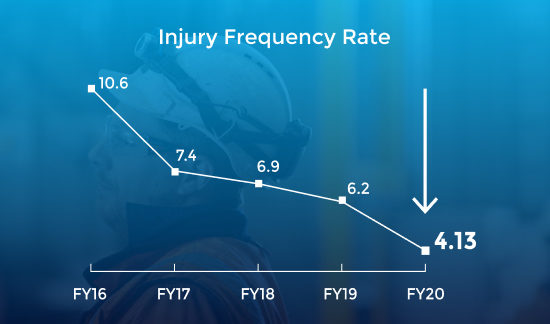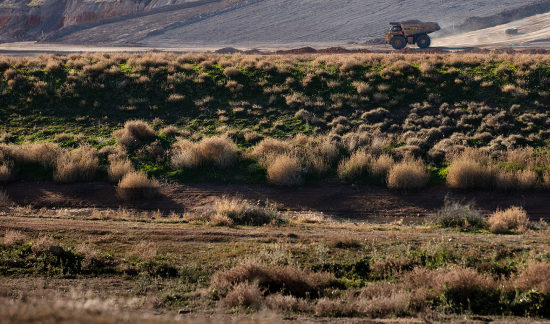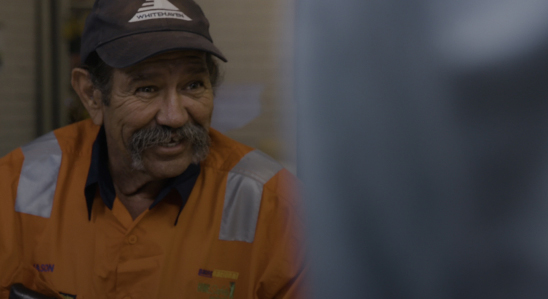The safety of our people, workplaces and the communities around us comes first. No single aspect of our operations is more important than ensuring every member of our workforce gets home safely to their families and loved ones at the end of each day.
Sustainability Report 2020
Sustainability highlights FY20
$411,900
in community partnerships and donations
$365.4m
spent with local suppliers
75%
of 2,500-strong workforce based in regional areas
20.2Mt
of high-quality coal exported to customer countries
9%
of employees identify as Aboriginal or Torres Strait Islander
1.5cents
per share
returned to shareholders
4.13
record low injury frequency rate
103hectares
of land and rehabilitated on mine sites
Dear stakeholder
I am pleased to present Whitehaven Coal’s Sustainability Report 2020.
Sustainable development underpins everything we do at Whitehaven. As a proudly Australian company, we believe we have a key role to play in helping regional communities to grow and prosper.
We understand mining to be much more than just an industrial process. Instead, mining is an enterprise that offers an opportunity to change people’s lives for the better.
Whether by providing meaningful and rewarding employment, supporting local suppliers, or finding ways to empower young Indigenous women and men, we are proud of our positive and enduring impact.
Our sustainability reporting looks to tell this story for our many different stakeholders in an open and accessible way. It highlights our significant contribution to regional social and economic development and provides clear, meaningful disclosure around our material sustainability risks and opportunities.
Looking back, this year has been an unusually difficult one in having to confront the twin challenges of drought and the COVID-19 pandemic. The pressures of both events once again underscored our role as a positive counterweight in the local economy, keeping people in jobs and business turning over.
As always, the safety of our people, workplaces and communities is our first priority. In FY20, we continued to improve our safety performance, reaching a Total Recordable Injury Frequency Rate of 4.13, a record low in our history. This is a significant achievement, but we continue to guard against complacency and work towards Zero Harm.
Environmental compliance is an area where we must address some more recent shortcomings. While our year-on-year record of environmental compliance is good considering the growing scale of the business, FY20 outcomes did not reflect our own expectations or what our community and other stakeholder groups deserve. While actual environmental harm arising from these non-compliances was minimal, any instance of non-compliance is cause for concern. Improvement in the administrative aspects of environmental compliance in particular is essential to maintaining our social licence to operate and meeting the high standards required in the Australian resources sector.
Finally, we acknowledge continuing and growing interest, particularly within the investment community, in our perspectives on climate change. Once again, we have reported against the voluntary recommendations of the Financial Stability Board’s Task Force on Climate-related Financial Disclosures.
We were the first pure-play coal company in the world to conduct and publicly release this type of reporting in 2019 and our analysis once again confirms the resilience of our operating asset portfolio. We remain confident about the role high-quality coal and low emissions technology will play as part of global efforts to reduce atmospheric carbon, but we also know we must continue to work hard to communicate these aspects to investors, banks and other key stakeholders.
We received a significant volume of constructive feedback following the release of our inaugural Sustainability Report in 2019, some of which has been incorporated into this year’s publication. We value this feedback and see Whitehaven as having a strong and continuing role in providing balance and context in the ongoing discussion about the energy transition. Let me take this opportunity to thank all our stakeholders for their continued engagement and invite you to share your feedback by writing to [email protected].
Paul Flynn
Managing Director and CEO
Purpose, vision
and principles
Read more
How we
create value
Download PDF
Our community and
social compact
Identify, develop and operate high‑quality, long-life, lower-cost coal projects
Promote local economic growth and sustainability through permanent job creation and local procurement
Help build local community capacity and viability through direct and indirect intergenerational investment in education, health, skills and infrastructure
Instill community trust through responsible environmental stewardship and community partnerships
Leave an economic and social legacy that outlives mining operations

Investing in low emission technologies
We invest in technology to reduce carbon emissions through Low Emission Technology Australia (LETA).
Read moreOur strategy
Our vision is to be the benchmark coal investment on the ASX.
Our strategy is to own and operate large, lower-cost mines producing a mix of high-CV thermal coal and premium semi-soft coking coal, and to increase our share of the growing market for these products in our region.
We have invested in high-quality, large-scale, long-life assets that allow the
business to efficiently manage the cyclical nature of the commodities sector.
We expect to grow our portfolio from a managed level of approximately 21Mt in 2020 to over 40Mt by 2030.
As some of our smaller foundation mines reach the end of their lives, our business is oriented towards scaling-up larger existing operations and delivering on our key development assets, Vickery and Winchester South.
Maintaining capital discipline and a focus on productivity gains over an expanding production base will continue to drive returns for shareholders.
Our track record of growth and our strong development pipeline make us an attractive employer for committed and motivated people who value being a part of a community and achieving goals.
As the largest private employer in North West NSW, we will continue to communicate the benefits of our regional location – and that of our development site in Queensland’s Bowen Basin – to attract talent to support high performance and further expansion.
We are actively assessing and pursuing opportunities to access latent capacity in our mines through upgrades to mobile equipment as well as fixed infrastructure.
These opportunities help us realise the full extent of the resources at our mines and enable us to do more, with less.
The supply of high-energy, low-ash and low-sulphur coal globally is constrained but, at the same time, demand for coal with these attributes is increasing in a world seeking to minimise atmospheric carbon emissions.
Our quality assets and strong customer relationships in the key export markets within our geographic region mean we are able to attract premium pricing for our products.
Our business produces high-quality thermal coal and semi-soft coking coal (SSCC).
With the purchase of Winchester South, we have set a path to increase our exposure to other metallurgical coal products. We can also optimise revenue by responding to prevailing pricing spreads between the thermal and SSCC markets.
Productivity of the coal mining industry has improved over time as equipment has become bigger and more efficient.
We employ large equipment matched to the mining conditions at our operations including ultraclass and autonomous fleets at Maules Creek and our highly‑automated 400m longwall face at Narrabri.
We take time to critically assess the strengths and weaknesses of our business and market dynamics.
Where acquisition opportunities present themselves, we review and act on them appropriately. We do this in a measured and disciplined manner with the objective of creating longer term value for our shareholders.
Short-term demand for both metallurgical and thermal coal has contracted as a result of measures employed in many countries to slow the spread of the virus. Increases in residential electricity demand have been offset by reductions in industrial production.
Asian coal markets have been impacted by a convergence of factors including China prioritising domestic coal production over imports as a post-COVID economic measure, as well as the abundance of supply in seaborne LNG trade and some competition from renewable energy sources.
Despite major uncertainties surrounding the economic outlook, the fundamentals of our business model remain robust. Throughout the pandemic, our portfolio of coal products have remained sought after and well sold under long term contracts to the cornerstone high-energy, low-impurity coal markets of Japan, Korea and Taiwan, as well as emerging markets in developing southeast Asian nations. In contrast, lower-energy and/or higherimpurity coal basins globally have traditionally been the first to exit the seaborne coal market during times of declining demand, and this has been borne out during the first half of CY20.
Furthermore, the International Energy Agency (IEA) estimates that over US$1 trillion of capital invested in existing global coal-fired generation, most of which is located in Asia, is yet to be recovered.1 As has recently been observed in China, we expect our customer nations to capitalise on their installed and planned coal-fired power generation to underpin their economic recoveries when the threat of the pandemic is either eliminated or can be sustainably managed.
Our customers
Download PDF
South Korea
Metallurgical coal
2
Customers11%
Coal salesFY20
Thermal coal
6
Customers15%
Coal salesFY20
Japan
Metallurgical coal
4
Customers16%
Coal salesFY20
Thermal coal
18
Customers55%
Coal salesFY20
India
Metallurgical coal
2
Customers48%
Coal salesFY20
Thermal coal
0
Customers0%
Coal salesFY20
Taiwan
Metallurgical coal
1
Customers7%
Coal salesFY20
Thermal coal
2
Customers16%
Coal salesFY20
Vietnam
Metallurgical coal
1
Customers12%
Coal salesFY20
Thermal coal
1
Customers0%
Coal salesFY20
Malaysia
Metallurgical coal
0
Customers0%
Coal salesFY20
Thermal coal
1
Customers4%
Coal salesFY20
Philippines
Metallurgical coal
0
Customers0%
Coal salesFY20
Thermal coal
1
Customers0%
Coal salesFY20
Indonesia
Metallurgical coal
1
Customers0%
Coal salesFY20
Thermal coal
0
Customers2%
Coal salesFY20
New Caledonia
Metallurgical coal
1
Customers0%
Coal salesFY20
Thermal coal
1
Customers2%
Coal salesFY20
Sustainability &
climate change
Our success as a company depends on carefully considering our material impacts and how these interact with our principles. For us, this means making health and safety a top priority; supporting the local communities that support us; and being an environmentally responsible operator. Importantly, we continue to see a role for high-quality coal as part of the global energy transition.
Download PDFIn FY20, we planted
106,917 trees in offset areas
Environment
Our approach to environmental management focuses on avoiding environmental impacts where possible, mitigating unavoidable impacts, rehabilitating or restoring disturbed areas, and offsetting residual impacts that cannot be avoided, minimised or rehabilitated.
 Water use in North West NSW
Water use in North West NSW
96.8%
of available water was allocated for irrigation
1.7%
of available water was allocated to other water users
1.5%
of available water was allocated to Whitehaven Coal
Whitehaven generates
$445,000
of revenue per megalitre of water used.
This is a significantly greater economic return than other industries.
Source: Water Sharing Plan for tnc Upper Namoi and Lower Namoi Regulated River Water Sources 2016
Our people
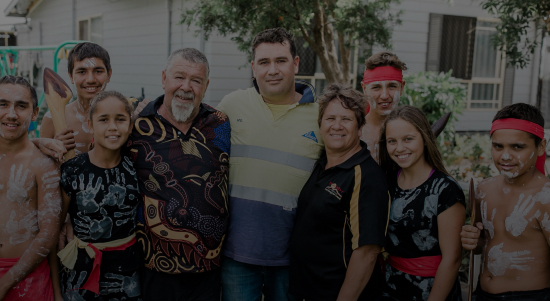
9%
Indigenous employment across our total workforce
A diverse
workforce
We’re proud to be one of the largest private sector employers in North West NSW, and we continue to work to create attractive opportunities for local people looking to stay in the region, and to encourage people to relocate.
Community
Listening to
communities
As the majority of our workforce lives around our operations, we are well and truly invested in creating stronger communities together.
Economic contribution
to North West NSW in FY20

Narrabri
LGA
Gunnedah
LGA
Tamworth
LGA
Liverpool
Plains LGA
Gunnedah
Coal Basin
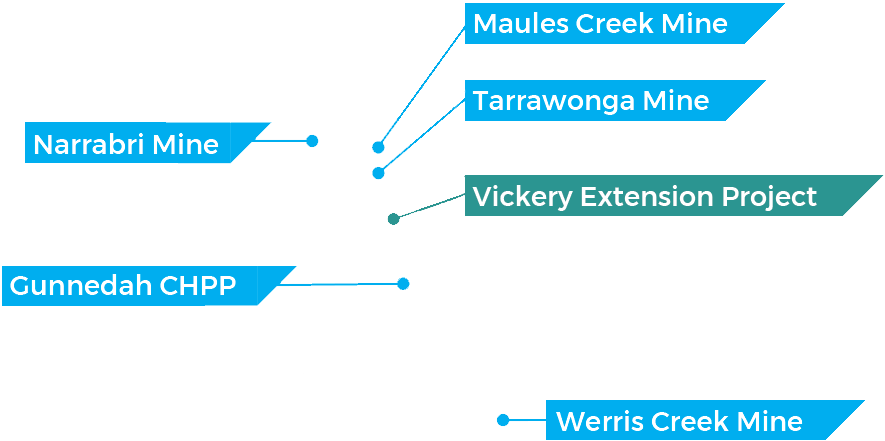


Narrabri LGA
Wages and
salaries$35.7m
Number of
suppliers89
Procurement
spend$53.7m
Council rates
& VPA payments$1.5m
Gunnedah LGA
Wages and
salaries$63.9m
Number of
suppliers145
Procurement
spend$276.7m
Council rates
& VPA payments$1.3m
Tamworth LGA
Wages and
salaries$18.8m
Number of
suppliers80
Procurement
spend$32.1m
Council rates
& VPA payments$0.01m
Liverpool Plains LGA
Wages and
salaries$8.0m
Number of
suppliers22
Procurement
spend$2.9m
Council rates
& VPA payments$0.4m
 Tax
Tax
In FY20 we paid $244.2 million
in taxes and royalties

 Whitehaven coal
Whitehaven coal




